Dartmouth research explores role of disappearing ash trees
| Published: 07-01-2023 10:44 PM |
HANOVER — How will forests in the Upper Valley fare when there are no more ash trees?
That question, and specifically what will happen to the fungi that interact with those ash trees as the emerald ash borer continues its expansion into Vermont and New Hampshire, has been at the center of Dartmouth College student Farrar Ransom’s research for the past two years.
Ransom’s investigation is part of their senior thesis, but they emphasized that it’s not just about checking a box off before graduating.
“I’m doing this because I think it’s really cool science,” Ransom, who uses they/them pronouns, said. “It’s fun and important to me. … The ash, the fungi, the insects are all deeply connected.”
The question of what the loss of the ash trees means to forests also grips Les Hook and Nova Kim, two Chelsea-based “wildcrafters” in their 70s who are concerned about the effects eliminating large sections of ash will have on the tree’s genetic diversity.
It’s a question about connectivity and about what natural systems rely on to survive.
Ransom, 22, who is majoring in biology with a focus on ecology, spent their sophomore summer in 2021 working at the Hubbard Brook Experimental Forest in North Woodstock, N.H., as a field technician for Liz Studer, a doctoral candidate in Dartmouth’s biology department.
Studer’s research focuses on uncovering the role the white ash tree, whose existence is threatened by the invasive emerald ash borer, has in its forest community compared to other tree species.
Article continues after...
Yesterday's Most Read Articles
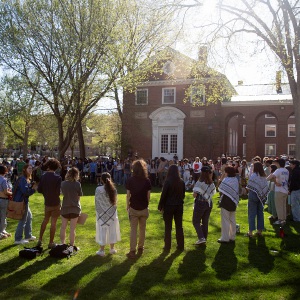 Dartmouth administration faces fierce criticism over protest arrests
Dartmouth administration faces fierce criticism over protest arrests
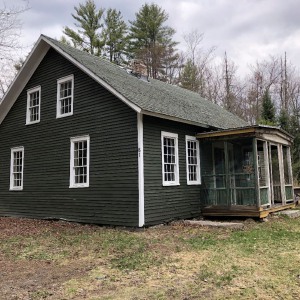 Hanover house added to New Hampshire Register of Historic Places
Hanover house added to New Hampshire Register of Historic Places
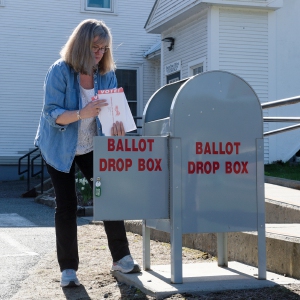 Sharon voters turn back proposal to renovate school
Sharon voters turn back proposal to renovate school
As Ransom assisted Studer with her research that summer in Hubbard Brook, trudging through acres of wet forest, constantly beset by rain, they were taken aback by the mushrooms popping up all around them.
“Mushrooms fruit a lot more when it’s wet enough,” Ransom said. “It was a huge summer (for mushroom growth), and I just thought to myself, ‘Oh my gosh, there’s so many mushrooms everywhere, this is so cool.’ ”
Ransom discovered Studer’s research by taking a class with Matt Ayres, a professor of biological sciences at Dartmouth who studies forest ecology and entomology and whose work seeks to understand why populations of insects, mainly forest pests, might experience dramatic fluctuations.
Ransom said they’ve always had a serious interest in bugs, and still do, but that seeing all those mushrooms out in the forest that summer inspired them to want to look into the fungi growing on and around the trees at Hubbard Brook through the same lens Studer’s research utilized: How will the forest community be affected by the impending disappearance of ash trees?
For Ransom’s research, that meant looking into which fungi were growing where and the species of tree they were connecting with. Some fungi, known as mycorrhizal fungi, form mutually beneficial relationships with trees, Ransom said, supplying those trees with water and soil nutrients in exchange for plant-derived carbohydrates.
One such mushroom is the morel. Famously tough to find and regarded as one of the more delicious mushrooms around, morels — with their distinctive, sponge-like caps — have been found fruiting at the base of ash trees. Their viability in a post-ash landscape comes into question.
Ransom’s hypothesis is that the type of mycorrhizal fungi that associates with ash will decline in concert with those trees, and in their stead the fungi that associate with birch and beech trees will begin to take over the forest. Would that lead to the demise of the morel?
Savannah Ferreira, who works in Vermont’s forest biology lab, said in an email that the potential fallout for mushrooms like the morel caused by the loss of ash is currently unknown but that the state is working to catalog existing fungal communities to guide future conservation efforts.
Ransom is doing their own mushroom cataloging as well. They will spend the bulk of this summer like they did the last surveying, taking photographs and collecting soil samples from around 60 plots in Hubbard Brook to determine the variety and concentrations of the fungi growing there.
DNA analysis of the soil samples will help Ransom discover the mushrooms, such as morels, that might not produce an above-ground fruiting body every year but are still growing beneath the surface. Ransom’s plan is to finish data analysis in the fall and present their findings in the spring.
Hook and Kim, who gather and harvest plants from their natural habitats and have been collecting morels and other mushrooms for more than a combined 80 years, are less worried about morels than they are the ash.
“A lot of different trees grow morels,” Kim said. “But a lot of (morel) collectors learn the symbol (the pattern of the ash tree’s bark), so they (only) learn the ash.”
Given their passion for wildcrafting, Kim and Hook spend a lot of time in the woods. That’s given them insight into the relationship the ash has not only with other plants and fungi, but with animals.
Hook mentioned, for instance, that he always finds baby deer in the spring sleeping nestled at the base of ash trees in a sunspot. According to Studer’s research, ash trees leaf out later in the season than trees such as beech and sugar maple, which is also beneficial for the plants that grow around them.
Hook mentioned the newborn fawns and the role the ash tree played in aiding their rest a few times. The idea that they might not experience that same tranquility felt like a bitter pill to swallow.
“The biggest danger to the ash tree isn’t the emerald ash borer, it’s the government,” Kim said. “What we mean by that is that they are not leaving healthy trees. If the trees never get the chance, if the hardiest ones don’t get a chance to survive because we’re always cutting them down, then we’re always going to have a problem.”
One popular forest management technique centers around removing the ash borer host, which means chopping down the ash trees themselves.
But the state of Vermont’s guidance for forest managers also notes that “management practices that eliminate ash could be as great a threat to ash as EAB itself. Survival of ash species ultimately depends on retaining genetic diversity within ash populations and allowing potential resistance to EAB to express itself.”
Ash is not the only tree whose survival has come under siege in recent years. Dutch elm disease killed millions of American elms throughout the second half of the 20th century.
The hemlock woolly adelgid, an Asian beetle that eats the starch out of the twigs of hemlocks, Vermont’s seventh-most-common tree, has been detected in southern Vermont, including in Windsor County. The pest also has been detected in parts of Grafton and Sullivan counties and previously infested much of southern New Hampshire, according to a 2022 survey conducted by the New Hampshire Division of Forests and Lands. The state eliminated its quarantine of hemlock products in 2018 when the spread of the pest by wildlife had outpaced its spread by trade.
Kim and Hook can feel and see the losses of those trees during their multi-daily trips into the woods. Losing ash, which both Kim and Hook feel is likely, would be but another blow.
“You can’t consider the loss of any of it without the loss of all of it,” Kim said. “Losing the tree is like losing anything else, you appreciate its form and its beauty and you notice its shape and get attached to it.”
Ray Couture can be reached at 1994rbc@gmail.com.

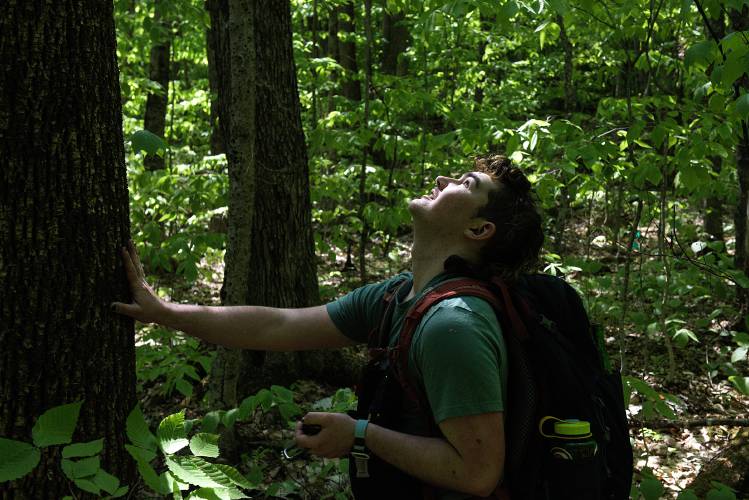
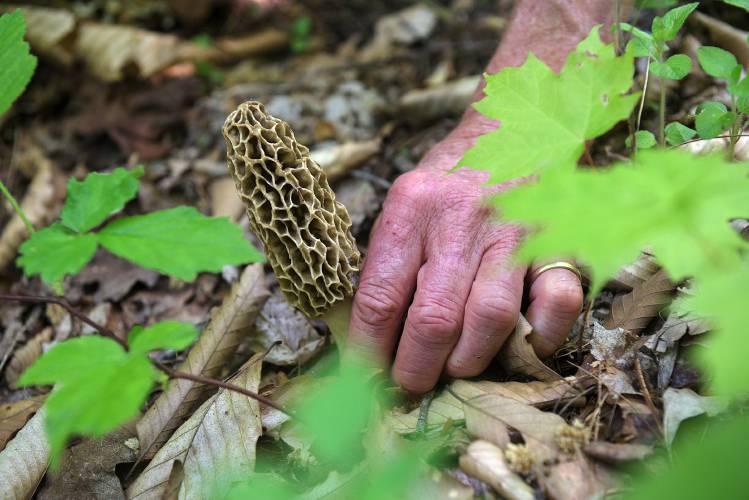
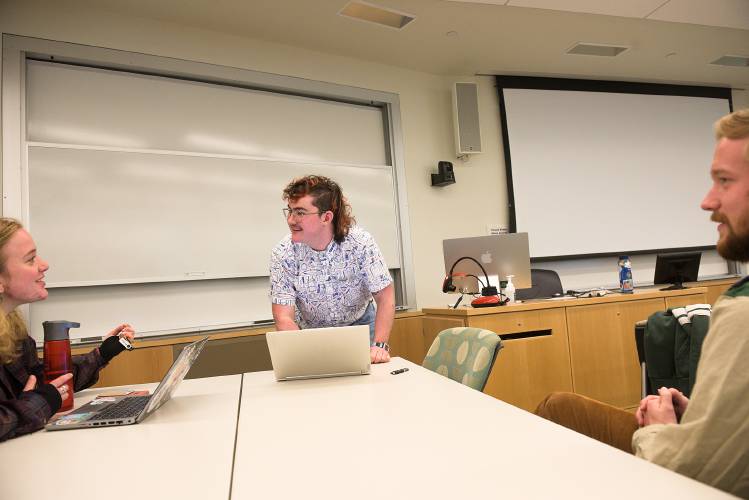
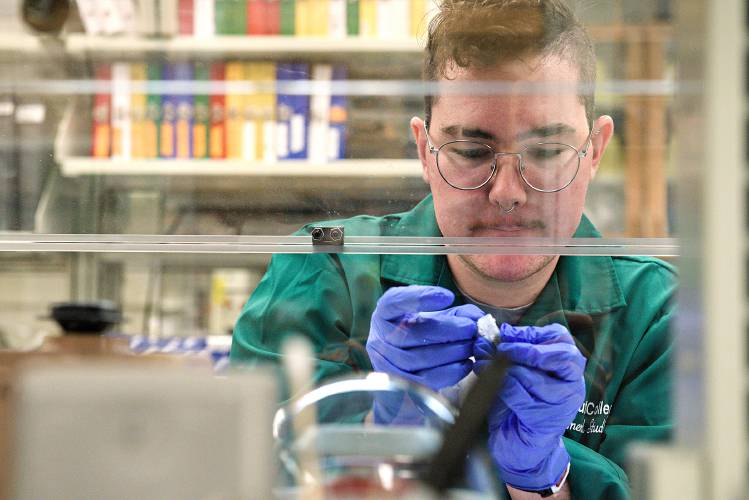
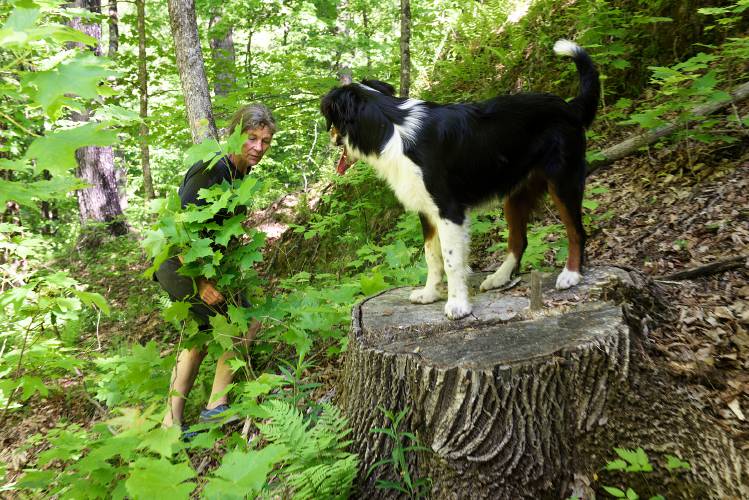
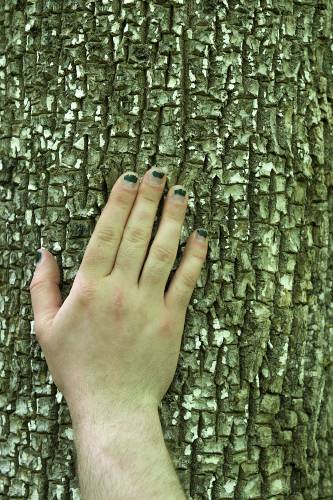
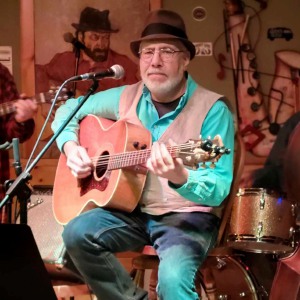 Art Notes: Canaan Meetinghouse showcase brings musicians and listeners together
Art Notes: Canaan Meetinghouse showcase brings musicians and listeners together A Look Back: Upper Valley dining scene changes with the times
A Look Back: Upper Valley dining scene changes with the times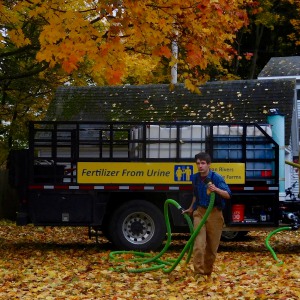 The future of fertilizer? Pee, says this Brattleboro institute
The future of fertilizer? Pee, says this Brattleboro institute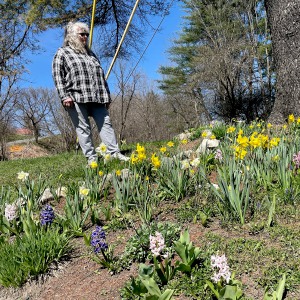 From dirt patch to a gateway garden, a Randolph volunteer cultivates community
From dirt patch to a gateway garden, a Randolph volunteer cultivates community 
